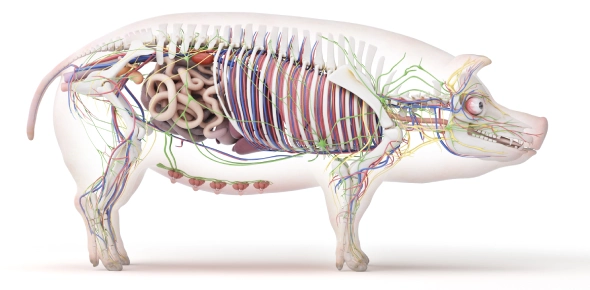Squeal or Slay? Test Yourself with This Fetal Pig Anatomy Quiz
2.
We’ll put your name on your report, certificate, and leaderboard.










 Back to top
Back to top






